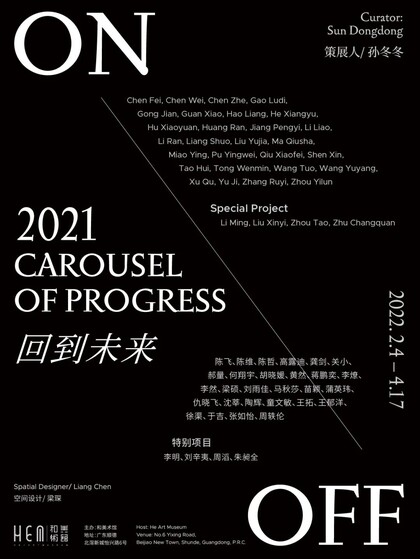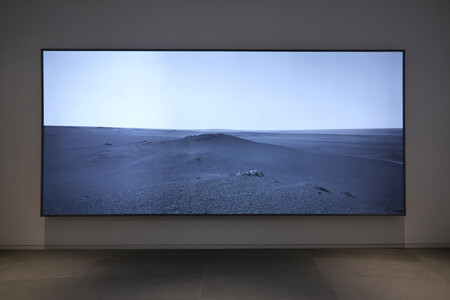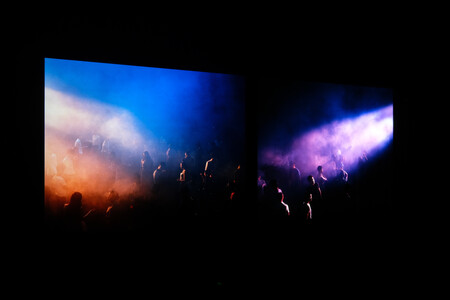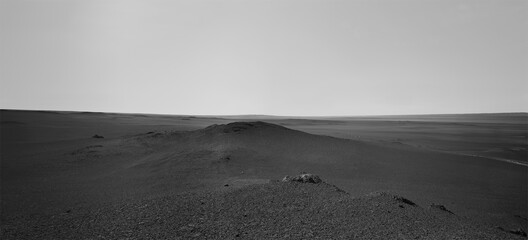Group Exhibition He Art Museum, Foshan
Curator
Sun Dongdong
Artist
Chen Fei, Chen Wei, Chen Zhe, Gao Ludi, Gong Jian, Guan Xiao, Hao Liang, He Xiangyu, Hu Xiaoyuan, Huang Ran, Jiang Pengyi, Li Liao, Li Ran, Liang Shuo, Liu Yujia, Ma Qiusha, Miao Ying, Pu Yingwei, Qiu Xiaofei, Shen Xin, Tao Hui, Tong Wenmin, Wang Tuo, Wang Yuyang, Xu Qu, Yu Ji, Zhang Ruyi, Zhou Yilun
Special Project
Liu Xinyi, Li Ming, Zhou Tao, Zhu Changquan
Spatial Designer
Liang Chen
This is a belated exhibition. For reasons we all know, which has given us more time to reflect on what we have experienced before the pause, the turn and the long wait. Coincidentally, this is originally an exhibition about "Time and Memory".
In 2013, ON | OFF was the theme of a well-known group exhibition reflecting the concepts and practices of young Chinese artists in the "Post-Olympic Era". It is now followed by a subtitle and refreshed year, aiming to revisit and to continue the unfinished narrative of the 2013 exhibition, in the midst of the increasingly intense tensions of "integration and decoupling" in the "Post-Globalization Era". Correspondingly, the temporal tendency of retracing reality in recent Chinese contemporary art practice does not manifest itself as a transparent group practice with pre-determined logical goals, but rather as a consciousness and ability to reset the future based on a spirit of self-reflection and the active return to emotional and historical memory.
The exhibition has three sections: Gestures of Time, Chambers of Memories and Multiple Echoes. Starting from the human perception and feeling of time, the grand issues such as the movement of the universe, human destiny and historical moments are integrated and condensed into a certain mood of the present moment. In relationship with the artist's individual practice, the promised future of human being is transformed into a vital energy that transcends the limit of time and space.
Return, repetition and spiral are the emphasized curatorial concepts in this exhibition. It is a poetic comparison of the spatial form of He Art Museum, and on the other hand, through the repetition and superposition of themes and concepts from the works, it also attempts to let the audience sense the rhythm of time and life, global and local, memory and history, thus to reach the cosmic view of the museum's architectural space and the narrative structure of the exhibition.
Curatorial Concept
Sun Dongdong
In ON | OFF 2021: Carousel of Progress, the exhibition builds up a time narrative with multiple clues. The first half of the exhibition title, ON | OFF 2021, suggests the relevance and continuity between this exhibition and the 2013 UCCA exhibition. With the temporal definition of 2021, it presents the post-global tensions that the theme of ON | OFF encompasses since 2008. From the perspective of global history, we have encountered series of major events since 2008, since when this period now has been understood as a time during which the world was facing a historical transition between the old and the new order. The second half of the exhibition title, Carousel of Progress, serves as a kind of commentary on the first half. Based on the present moment, it contains two time lines: returning to the past and moving forward in the future. Carousel of Progress is inspired by the 1980’s Hollywood science fiction comedy of the same in Chinese translation (Back to the Future). It tells a story about the protagonist driving a time machine to go back to his parents' time in order to change the fate of his family. Carousel of Progress is also a famous revolving stage show at Disneyland in the United States. With the changing furnishings and characters in everyday home setting, it tells the story of the technological evolution of modern civilization. Both narratives are premised on modern technologies, which in a sense defined our living environment. Technological progress is a picture about the future that we always need to face.
However, this is only one way of looking at the future. As the film Back to the Future suggests, the future is an action that requires looking back to create possibilities. For us, it encompasses not only the ancient Chinese saying of "learning from history" which reflects the rise and fall of the history, but also the sentient world that individuals touch when they look back on reality. The two are dialectically united in a poetic tradition of lyricism. Unlike the preconceptions of Chinese contemporary art practice before 2008, which are transparently based on logic, Carousel of Progress highlights the increasingly clear self-reflexivity of the Chinese contemporary art system in recent years, and the resulting awareness and ability to trace back, in both time and space, to its own emotional memory and historical experience. This is not only evident in the artists' practice, but also in the creation and operation of the He Art Museum in Beijiao, Shunde. Located in one of the earliest experimental and practical regions of China's reform and opening up policy, the establishment of the HEM represents on the one hand a transformation and upgrading of the city's image, and on the other, a sign that China's art museum system is moving beyond the confinement of the so-called metropolitan mentality to a more organic, regionally connected and out-reaching environment, which shows similarity to the historical experience of reform and opening up. Therefore, Carousel of Progress is also a revisit to this historical experience that would further inspire the construction of China's contemporary art system.
Based on the symptoms of the "Post-Globalization Era", ON | OFF 2021: Carousel of Progress interprets the recent trend of retracing reality in the practices of Chinese contemporary art as an action to create the future. The works in the exhibition cover a wide range of artistic mediums including painting, sculpture, photography, installation and video, with different themes related to issues such as media society, natural environment, identity and geographical boundaries. All of them share a spirit of introspection that originates from life: where one comes from and where one goes. Corresponding to the increasingly accelerated globalized environment, this makes art not only a medium for memory preservation, but also a sentient practice of the observing subject to summon historical consciousness that transcends time and space. Return, repetition and spiral are the emphasized curatorial concepts in this exhibition. On the one hand, it is a poetic reflection of the spatial form of HEM, and on the other hand, in the rhythm of time and life, global and local, memory and history, it is also an attempt to let the audience sense the cosmic vision built up by the museum space through the conceptual superposition of the works.
More Pictures:






